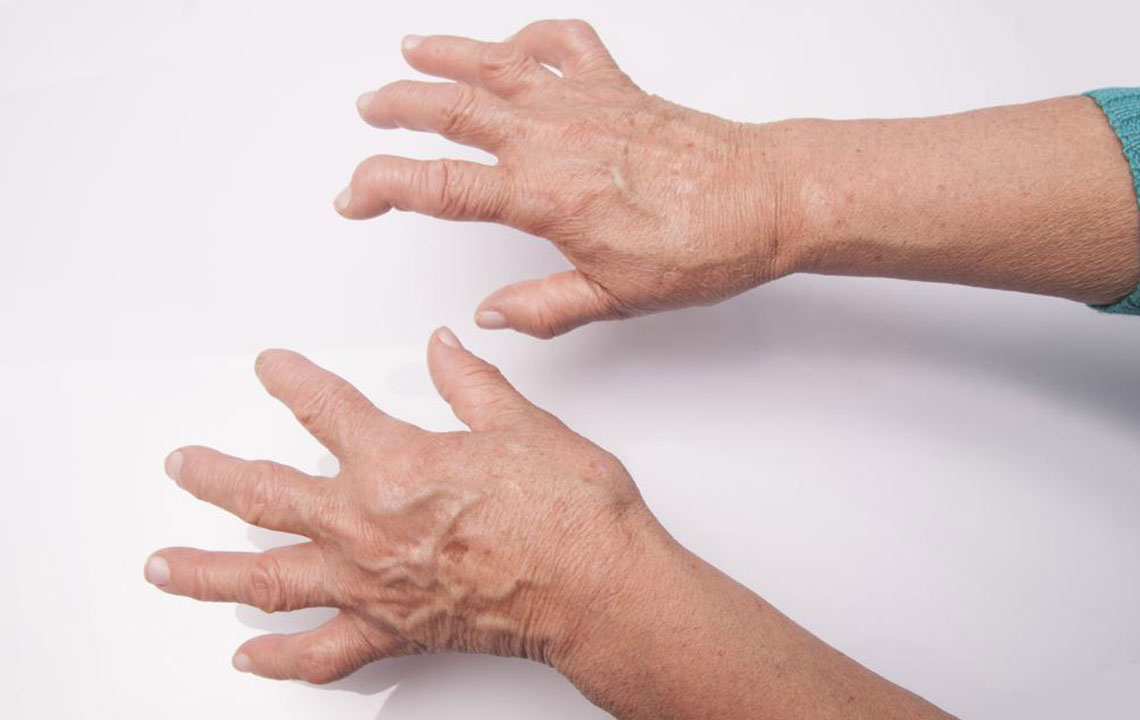Comprehensive Guide to Rheumatoid Arthritis: Causes, Symptoms, Diagnosis, and Treatments
This comprehensive article explains rheumatoid arthritis, covering its causes, symptoms, risk factors, and the latest management strategies. Early diagnosis and personalized treatment plans are essential for controlling the disease and preventing joint damage. Discover how genetics, environment, and lifestyle contribute to RA, along with effective medications and lifestyle modifications to improve patient outcomes.

Comprehensive Guide to Rheumatoid Arthritis: Causes, Symptoms, Diagnosis, and Treatments
Rheumatoid arthritis (RA) is a chronic autoimmune disease that affects millions of people worldwide. It is characterized by the body's immune system mistakenly attacking healthy joint tissues, leading to inflammation, pain, and potential joint destruction. While it primarily impacts joints, RA can also have systemic effects, affecting internal organs such as the heart, lungs, and eyes. Understanding the causes, recognizing early symptoms, and exploring effective management strategies are crucial for patients to live better lives with this condition.
Understanding the Root Causes of Rheumatoid Arthritis
The precise origins of rheumatoid arthritis remain an area of ongoing research. Scientists believe that RA results from a complex interplay between genetic predisposition and environmental triggers. Unlike some illnesses caused by a single pathogen, RA is classified as an autoimmune disorder — meaning the immune system incorrectly identifies parts of the body as threats, leading to destructive inflammation. Key genetic associations have been identified, including specific gene variants such as HLA-DR4, STAT4, TRAF1, C5, and PTPN22. These genetic markers influence how the immune system responds and may predispose individuals to autoimmune reactions.
In addition to genetic factors, environmental exposures significantly impact disease onset. Smoking is one of the most significant risk factors, with smokers being at a higher likelihood of developing RA. Obesity has also been linked to increased risk, likely due to the pro-inflammatory state associated with excess body fat. Exposure to dust, silica, and certain chemicals, as seen in occupational settings, may also trigger or exacerbate the disease in genetically susceptible individuals. Hormonal factors play a role too — RA is more commonly diagnosed in women, suggesting that sex hormones like estrogen may influence immune response mechanisms.
Overall, RA develops when a combination of genetic susceptibility and environmental factors activates an abnormal immune response, leading to persistent joint inflammation.
Identifying Symptoms of Rheumatoid Arthritis
Recognizing early signs of rheumatoid arthritis is vital for timely treatment. Common symptoms include persistent joint pain, swelling, and stiffness, especially in the hands, wrists, and feet. Morning stiffness lasting more than an hour is characteristic and often indicates active inflammation. Over time, affected joints may become deformed or lose function due to joint erosion and cartilage destruction.
Other symptoms include general fatigue, unintended weight loss, and a feeling of malaise. Some patients experience symmetrical joint involvement, meaning both sides of the body are affected simultaneously, which is a typical feature of RA. Besides joint issues, systemic manifestations can occur, such as dry eyes, skin nodules, lung inflammation, and blood vessel problems, indicating that the disease may be affecting multiple organ systems.
Early diagnosis is critical, so individuals experiencing persistent joint pain and stiffness should seek medical evaluation promptly. Diagnostic tools often include physical examinations, blood tests for markers like rheumatoid factor (RF) and anti-CCP antibodies, and imaging studies such as X-rays or MRI to assess joint damage.
Key Risk Factors for Rheumatoid Arthritis Development
While anyone can develop RA, several demographics and lifestyle factors increase risk. Women are disproportionately affected, with the disease more common in females than males. Age is also a factor — middle-aged adults, particularly between 40 and 60 years old, are most susceptible. Family history plays a significant role; individuals with relatives diagnosed with RA have a higher likelihood of developing the condition.
Environmental and behavioral factors further influence risk. Smoking is a major controllable risk factor; smokers are significantly more likely to develop RA than non-smokers. Obesity contributes to systemic inflammation and may accelerate disease onset. Exposure to occupational dust and chemicals like silica or asbestos can also trigger autoimmune responses in genetically predisposed individuals. Hormonal influences, particularly variations in estrogen levels, may partly explain why women are more affected.
Understanding these risk factors helps in early detection and implementing preventative strategies where possible.
Effective Management and Treatment Strategies for Rheumatoid Arthritis
Managing rheumatoid arthritis involves a combination of medications, lifestyle modifications, and supportive therapies aimed at controlling inflammation, relieving pain, and preventing joint damage. Early intervention is critical — the sooner treatment begins, the better the outcomes in terms of preserving joint function and quality of life.
Anti-inflammatory drugs such as non-steroidal anti-inflammatory drugs (NSAIDs) are commonly used to reduce pain and swelling. Corticosteroids can provide rapid relief during flare-ups but are usually prescribed for short-term use due to side effects. Disease-modifying antirheumatic drugs (DMARDs), including methotrexate, hydroxychloroquine, and sulfasalazine, are essential in slowing disease progression and preventing joint destruction.
Biologic agents have revolutionized RA treatment in recent years. These targeted therapies, such as TNF inhibitors (like etanercept and infliximab), interfere with specific immune pathways involved in inflammation. Choosing the right therapy depends on disease severity, patient response, and tolerance.
In addition to medication, lifestyle and supportive measures play vital roles. Regular low-impact exercise improves joint flexibility and muscle strength. Physical and occupational therapy can help maintain function and adapt daily activities. Maintaining a healthy weight reduces stress on joints and minimizes systemic inflammation. Patients should also avoid smoking and reduce exposure to environmental toxins.
Monitoring disease activity through regular medical assessments ensures that treatments are effective and any side effects are managed promptly. In some cases, surgery may be considered to repair or replace severely damaged joints.
Overall, a comprehensive, personalized approach involving rheumatologists, physiotherapists, and other healthcare professionals offers the best chance at managing RA effectively and maintaining a high quality of life.





